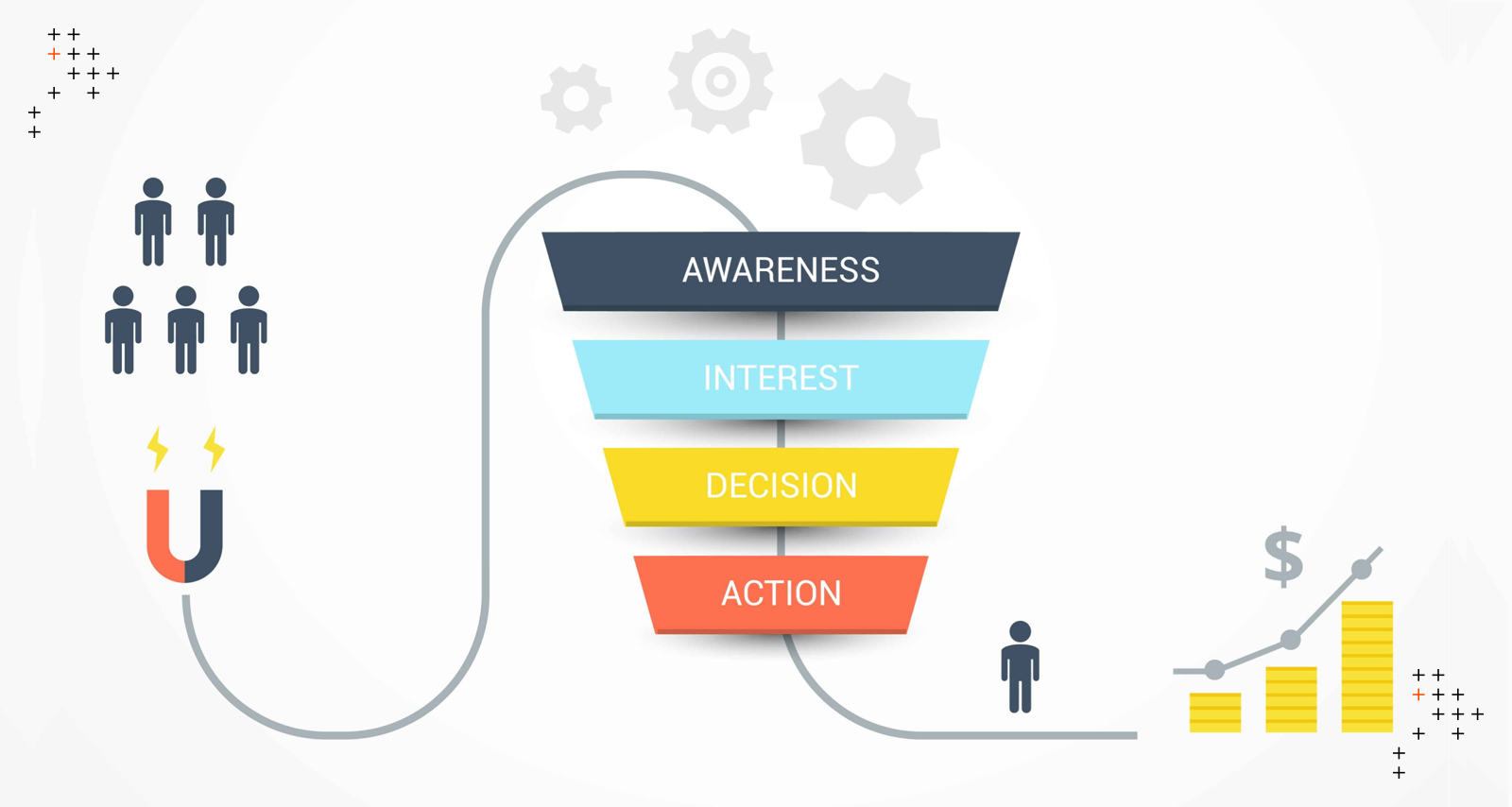Introduction
You may have come across a situation where your development team is racing to meet a critical launch deadline. To save time, they implement a few quick fixes—workarounds that “get the job done for now.” The release is successful, but beneath the surface, these shortcuts accumulate. Months later, your team struggles with slow development cycles, fragile code, and mounting maintenance costs. This is technical debt in action.
In software development, speed often takes precedence over structure. But much like financial debt, technical debt compounds over time, making future progress harder and more expensive. The challenge isn’t just in recognizing its existence but in managing it strategically—turning what many see as a liability into a growth enabler.
What Is Technical Debt?
Gartner defines technical debt as work that is “owed” to an IT system when teams “borrow” against long-term quality by making short-term sacrifices, taking short cuts, or using workarounds to meet delivery deadlines. These debts can impact system performance, scalability or resilience.
The Business Case For Addressing Technical Debt
Organizations often recognize the risks of accumulating technical debt but may overlook the benefits of proactive management. By systematically addressing technical debt, businesses can accelerate product development, improve cost efficiency, and enhance customer satisfaction.
1. Improved Time To Market
Reducing technical debt simplifies the codebase and removes bottlenecks in development, leading to faster feature releases. A McKinsey report found that companies with effective technical debt management practices often see higher revenue growth—a clear competitive advantage.

2. Cost Savings Over Time
Unchecked technical debt leads to escalating maintenance costs. The Scrum.org blog explains:
“Every shortcut taken today adds to tomorrow’s workload, making future changes more difficult and expensive.”
Addressing technical debt early minimizes long-term expenses and improves the return on investment (ROI) for software projects.
3. Enhanced Customer Satisfaction And Retention
Performance issues, security vulnerabilities, and frequent system failures often stem from technical debt. According to Gartner,
“An excessive amount of technical debt makes the software unstable, leading to customer dissatisfaction and increased support costs.”
By prioritizing system reliability and code quality, organizations build trust and deliver a seamless digital experience.

How Axelerant Manages Technical Debt
Step 1: Identifying Technical Debt
At Axelerant, technical debt is systematically tracked in a dedicated backlog, derived from:
- Platform audits that reveal structural inefficiencies
- Technical debt tickets logged during development cycles
- Grouping interdependent issues as related work
For example, upgrading underlying platforms like Drupal to its latest version often takes precedence, enabling us to build new features more efficiently and securely. We also handle code deprecations in next major versions proactively with our CDM packages.
Once we have the Technical debt backlog, we prioritise Technical debt with Technical Debt Mapping.
Step 2: Prioritizing Debt With Technical Debt Mapping
Effective management requires structured prioritization, balancing technical improvements with business goals. Axelerant employs technical debt mapping to visualize the impact of outstanding issues.
Mapping Technical Debt’s Impact On New Features
Technical debt can slow innovation by increasing development complexity. We assess:
- How Existing Debt Affects Planned Features—Does it delay or complicate development?
- Business Value Alignment—Use a scoring system to prioritize debt that impacts high-value features.
Mapping Technical Debt To Maintenance Costs
What if there are no features planned and the client wants to keep the site up with minimal efforts? These engagements typically fall under Sustain package.
In this case, we map the Technical debt to higher maintenance costs, typically in the form of:
- Updates And Keeping The Site Secure: Every core update requiring expensive patches or custom fixes to ensure compatibility with outdated/deprecated modules. If a security vulnerability is exposed in an unmaintained module, urgent remediation can be costly.
- Fixing Issues: Debugging an site that does not adhere to standards or best practices increases the effort involved and also has greater risk of introducing new bugs.
This mapping approach enables clearer communication with stakeholders and better decision-making on which debts to address first.
Debt mapping provides an actionable representation of technical liabilities, making it easier to align technical and business priorities. It also helps communicate the cost and benefits of addressing technical debt in terms that clients can understand. This transparency is crucial for securing buy-in.
Step 3: Securing Client Buy-In For Technical Debt Reduction
Addressing technical debt often competes with feature development in client priorities. The key to securing buy-in is framing the conversation in business terms—faster releases, reduced costs, and lower risks.
Strategies For Success
- Define And Measure Impact: Identify metrics to measure. A decreasing value of these quantitative metrics and feedback in surveys before and after addressing technical debt, clearly indicate improvements in efficiency and performance. Track key metrics like:
- Lead time for changes
- Cyclomatic complexity
- Defect ratio
- Technical Debt ratio
- Qualitative surveys for developer experience
- Showcase case studies: Highlight examples where reducing technical debt resulted in improved performance and delivery speed.
- Provide regular updates: Reporting progress ensures transparency and builds trust with stakeholders.
Step 4: Addressing Technical Debt Without Disrupting Feature Delivery
At Axelerant, we integrate technical debt resolution into regular development cycles to maintain progress without overwhelming the team.
Axelerant’s Pragmatic "Divide And Conquer" Approach
Rather than attempting an extensive overhaul, we:
- Address high-priority debt in each sprint alongside feature development.
- Refactor progressively, ensuring minimal disruption.
- Mitigate risks by updating frameworks and deprecations proactively.
By embedding technical debt resolution into our Agile processes, we enhance long-term stability, maintain productivity, and future-proof our clients' platforms.
Want to future-proof your platform?
Technical debt should not be viewed as an unavoidable liability—it’s a strategic element of software development. Businesses that actively manage technical debt position themselves for:
- Faster innovation
- Reduced maintenance costs
- Stronger system reliability
By prioritizing technical debt alongside feature development, organizations unlock efficiency, scalability, and long-term success. At Axelerant, we ensure that our client's digital platforms remain adaptable, secure, and future-ready.
Now is the time to rethink technical debt. Managed well, it becomes a powerful asset, driving innovation and long-term business growth.
Want To Discuss More?
Reach out to Axelerant’s digital experience experts to discuss a strategic approach to technical debt management.

Kalaiselvan Swamy, Technical Program Manager
A spiritual at heart, Kalai never forgets that life is a gift. Also a hollywood movie buff and an ambivert, when not at work, you will find him spending time with his son.
%20copy.png)
Sayan Mallick, Marketing Assistant
A former professional e-sports player, passionate about anime and technology—that’s Sayan. He is an eccentric explorer who likes to read, play games, teach, and spend time with his pet dog, Buddy.

 We respect your privacy. Your information is safe.
We respect your privacy. Your information is safe.



Leave us a comment